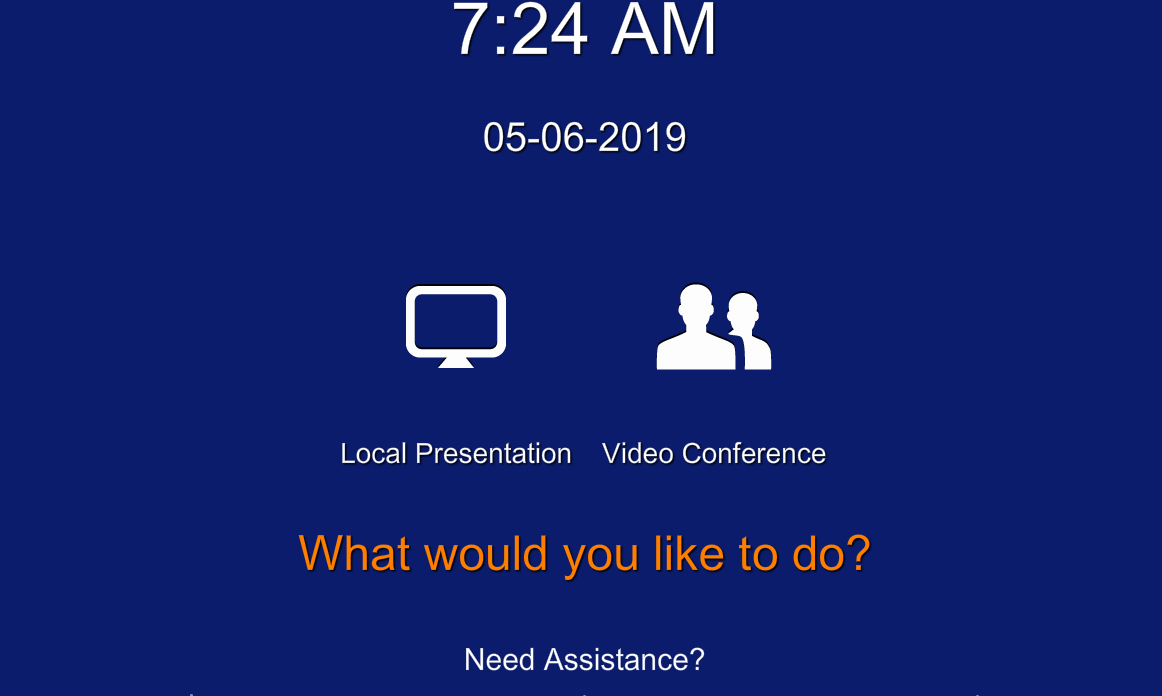When an IT team is faced with integrating AV into their department, my best advice would be to create AV standards. IT already has a set of standards. What they need is to work their meeting room audio, video, and control standards into that. It’s a language they know, and they already know the benefits.
There are IT teams that have become early adopters of AV standardization. One example can be found at a large e-commerce corporation, where its AV team has been part of IT for nearly seven years, according to the company’s global lead of integrated workspace technology, Chris White.
Creating standards for AV early on was challenging, and the reason White took this on was out of necessity. When he joined his company, he was only involved with the U.S. region. When employees from the EMEA region came to the U.S., they struggled to get their meetings started.
White worked closely with his boss to understand where the problems were, so they could develop a resolution. They reviewed the complaints in each and every email, “It was horrible and many users of the rooms were spending 15 minutes just to get their meeting launched, which increased costs in productivity and resources,” he said.
Soon, White was being asked by other regions to support them. Support was difficult for those who managed and monitored the rooms—not to mention the cost in servicing the support. White had a problem that needed to be solved, and the company knew that standards was the best approach in solving it.
White and the team began to look at the creation of standards from a support perspective. He created a template and began using it first in EMEA, where he was able to show how to save money while making the rooms intuitive. As a result of the standards, meetings became more stable, started faster, which saved the company both time and money. And the company recognized the results—White's boss actually received an award for the creation of standards and for making a better meetings experience for employees.

It took the company nearly four years to establish its global standards, with the goal to have the same user experience in every region. APAC followed EMEA, and the U.S. followed APAC. A large part of the process was to ensure the standards incorporated the cultural differences of the region. The team worked hard to get input and feedback, and then worked to change hearts and minds. As White put it, he needed to sell the concept of standards ensuring the company's users felt that their voices were heard.
Four years may seem like a long time, but the company was experiencing record growth in all regions and the team working on standards was the same team supporting the rooms. Along the way, there was constant disruption; this was not an easy undertaking, to say the least. They worked to create, test, evaluate, gather input, change, gather input again, modify test and document, all while learning through the process—and while doing their “day jobs”. In total, the team oversees 800 to 1,000 rooms.
The final outcome is impressive and incorporates the most thorough set of standards, I’ve seen from any company. While you organizations may never go to this level of detail, it’s worth understanding some of what White and his team created.
